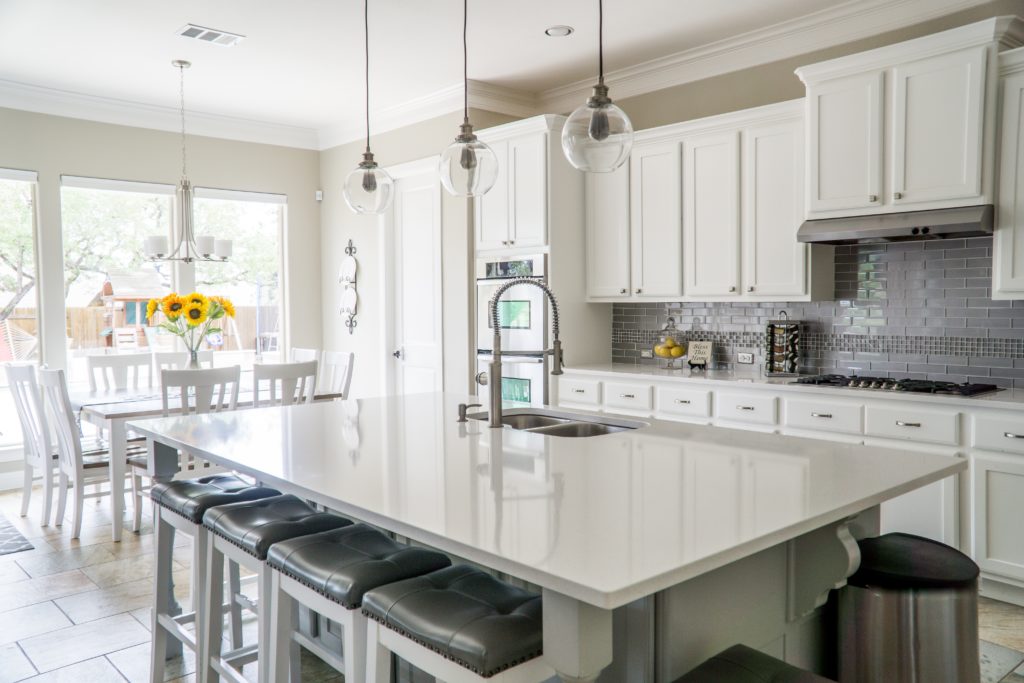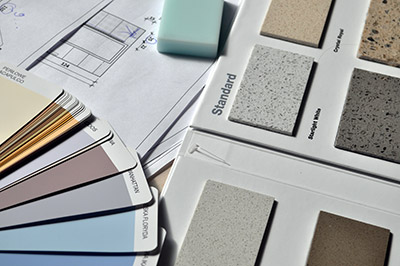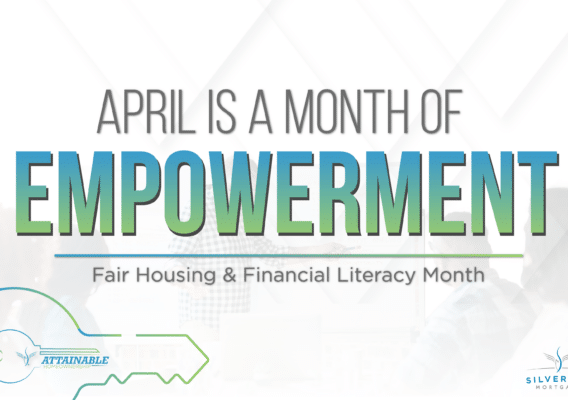When considering your homeownership options, deciding on new construction can be an exciting notion. However, early on in the process, you’ll discover that there are lots of decisions that need to be made – many of which are upgrades that will undoubtedly add to the overall cost of your home. If you’re the type who can never decide on where to go for dinner, trying to figure out what to include in your new home may seem pretty much impossible. While it may be tempting to say yes to everything your builder presents to you, your budget may not allow for that. Knowing what is important to commit to now and what can wait until later will save you time, money, and help set expectations.
Decisions, Decisions, Decisions

Typically, the price that you are quoted on your new construction includes the bare bones of the home. All of the beautiful things you may have imagined such as stainless-steel appliances, crown molding, and that soaking tub are going to cost extra. The first thing you may want to do is create a list of must-haves. When you walk into your new home for the first time, what do you want to see? If you’ve always wanted wainscoting in your dining room, then you can confidently sign off on it with your builder. If a bold accent wall can wait, then feel good about passing for the moment knowing it’s something you can circle back to later. Keep in mind that there will be plenty of projects you’ll be able to tackle later, ultimately saving you time and money.
Yes, Please! Home Upgrades to Consider
Don’t shut yourself off from upgrades altogether. There are lots of customizations that may be worth committing to with your builder. First off, anything that will ultimately affect your home’s structure should definitely be included during construction. Things such as raised ceilings, an extra bathroom, and larger windows will be difficult and more costly to add once your home is complete.
You may also want to take advantage of cost-effective upgrades such as double-paned windows, energy efficient appliances, better quality insulation, and tankless water heaters which will undoubtedly result in lower utility costs each month.
Finally, ask yourself whether the upgrade will add value to your home. Since kitchens and bathrooms typically offer a great return, it may be a good idea to spring for items such as larger cabinets, heated tiles, a separate shower, and an island.
Your home is an investment and thinking about the long-term effects of your decisions will help put them in perspective and determine what is most important.
Maybe Later

Your builder is going to present you with plenty of beautiful options for your home. Recessed lighting, granite countertops, and a bay window – oh, my!
It’s going to will be crucial to keep things in perspective by asking yourself what can wait. Sure, you’re caught up in all the shiny floor samples, but remember that there is plenty you’ll be able to easily and affordably change over time.
Keep in mind that paint, cabinet hardware, light fixtures, countertops, and tile are not permanent. Passing on these upgrades gives yourself time to live in your home and allow your style and taste to evolve. It also makes it possible for you to better plan and save for these changes. Knowing that you can budget for a project later frees up your current finances for things that are necessary today.
Next, ask yourself whether or not the cost will be worth it. There are so many expensive upgrades that won’t necessarily pay off in the long run. For instance, while things like built-in surround sound and a sauna may seem nice to have, that doesn’t mean it will add actual value to your home. If you think you’ll ever sell, keep in mind that what may be a fun addition to you now can be a turnoff to future potential buyers.
Take Away the Worry of Financing
Finances are an important consideration throughout the new construction process and can be the determining factor in what upgrades you can afford. Traditionally, two loans are needed — one to cover the building cost and the other for your mortgage loan. With our new Construction-Permanent Loan, you can now streamline the process by combining the two loans into one!
The construction phase of your loan is designated for a specific amount of time, and funds are dispersed to you or your builder directly. Once your home is complete, the loan then converts to the permanent phase. That means one loan, and one closing, saving you much needed time and money.
During a time of so much decision-making, wouldn’t it be nice to not have to worry about the financing? That’s where Silverton Mortgage is happy to help.
To learn more about our Construction-Permanent Loan program, contact one of our certified loan originators today.
You may have to worry about whether or not to add that extra bathroom in the basement, but you can take the hassle of your loan process away with the help of Silverton Mortgage. Relax. We’ve Got This.
You Might Also Like

Navigating the Mortgage Maze: The Mortgage Process Simplified

April: The Month of Empowerment

